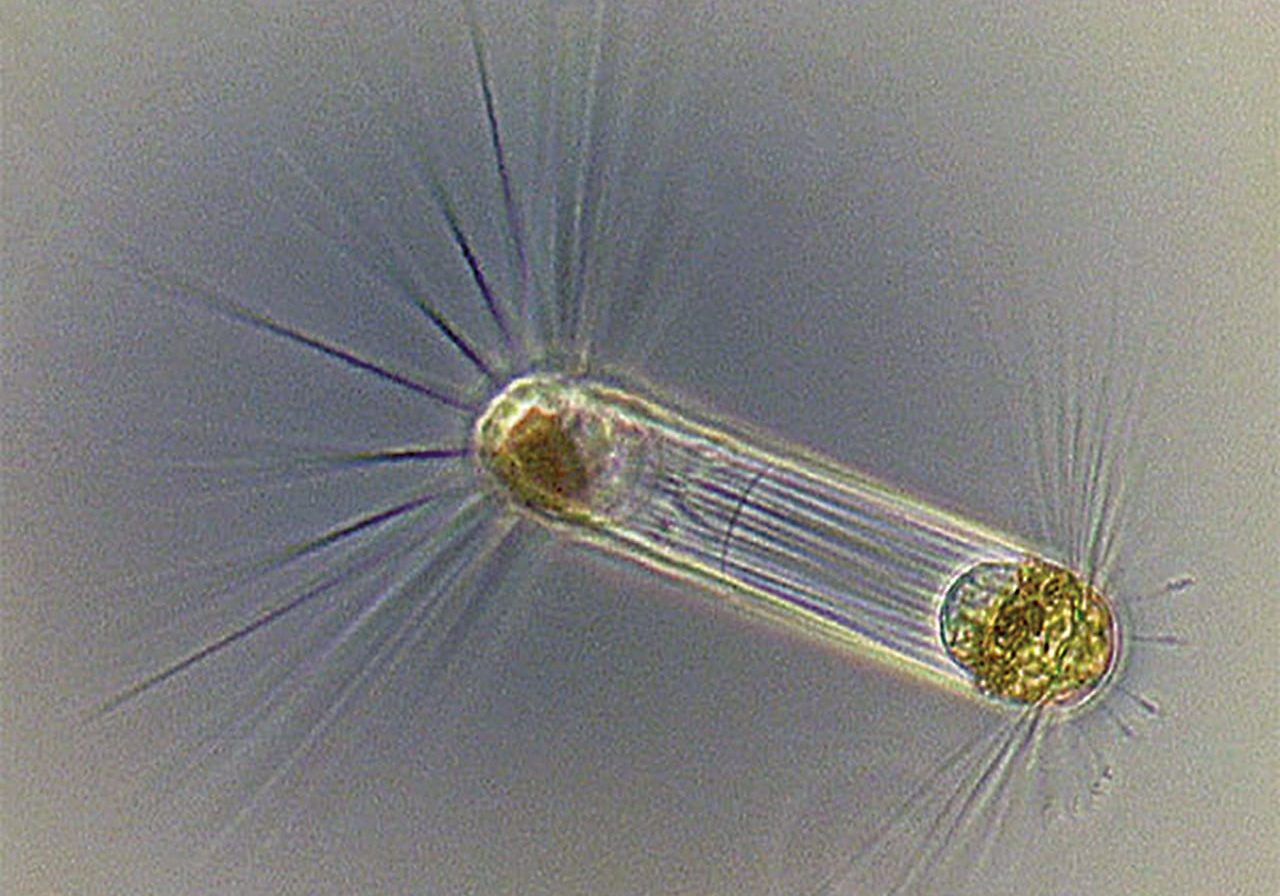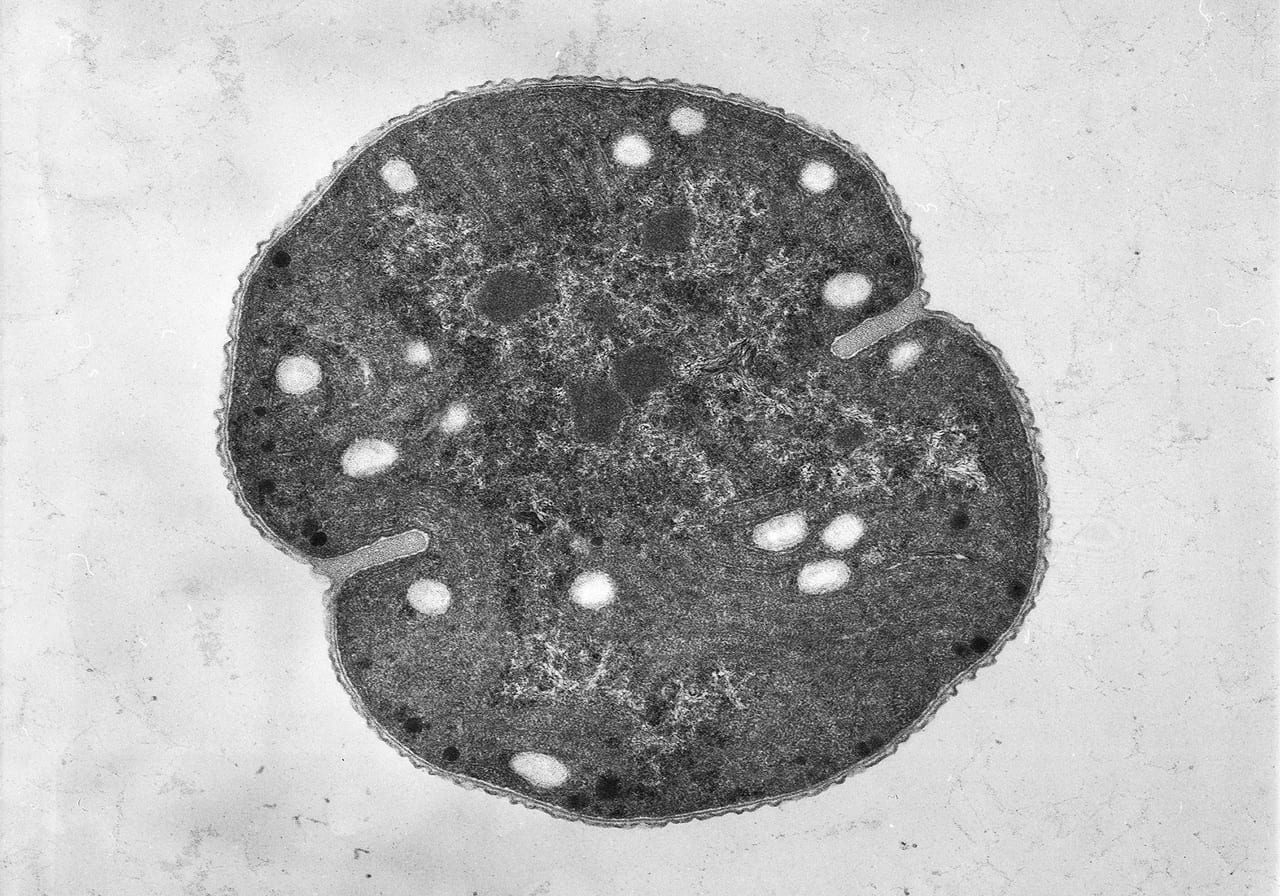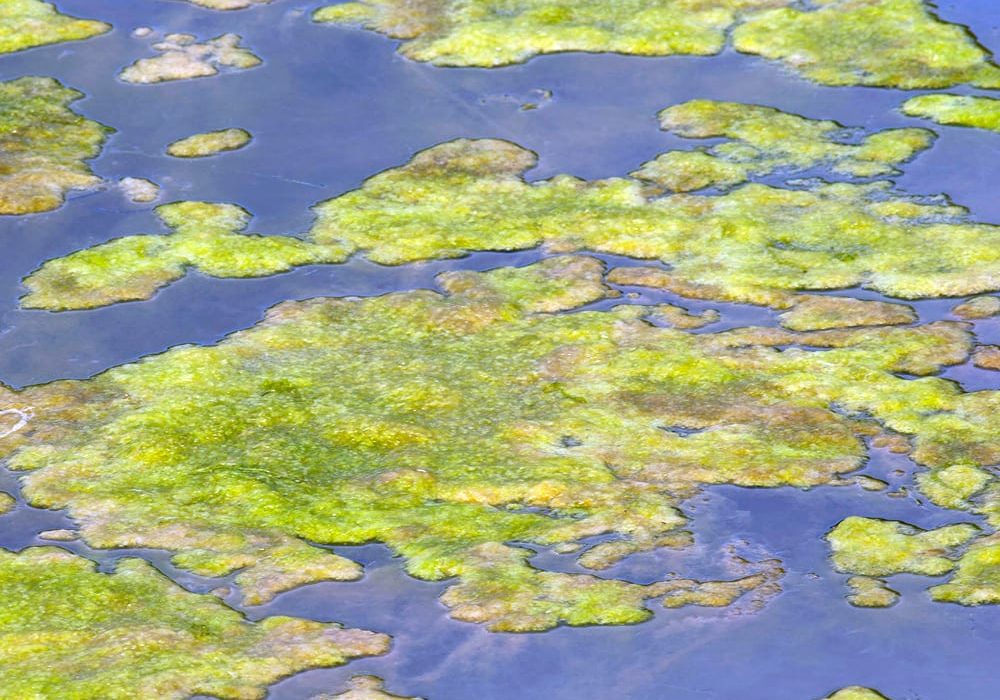Does the ocean produce oxygen?
It’s easy to think of the world’s forests as the planet’s “lungs.” Trees pump out oxygen—the same stuff we breathe in. The bigger the tree the more oxygen it releases. But most of our breathable air doesn’t come from land. It comes from the world’s oceans. And the most important oxygen producers are some of the tiniest organisms on Earth.
The air we breathe is 78 percent nitrogen and 21 percent oxygen. The rest is made up of much less common gases, including carbon dioxide. But it wasn’t always that way. Until 600 million years ago, Earth’s atmosphere had less than five percent oxygen. It was mainly a mix of nitrogen and carbon dioxide. Land plants didn’t exist until 470 million years ago. Trees weren’t responsible for the increase in oxygen. So where did it come from? The ocean.
Plants, algae, and cyanobacteria all create oxygen. They do this through photosynthesis. Using energy from sunlight, they turn carbon dioxide and water into sugar and oxygen. They use the sugars for food. Some oxygen is released into the atmosphere.
But oxygen is also used up. Most living cells use it to make energy in a process called cellular respiration. When organisms die, they decompose. Decomposition also uses oxygen. Most oxygen that’s produced gets used up by these two processes. (Used up means the atoms become part of a different molecule. The oxygen atoms are still around, just in a different form.)
Over millions of years, tiny single-celled algae and cyanobacteria pumped out oxygen. Much of it got used up in respiration or decomposition. But some of those dead organisms didn’t decompose. They sank deep into the ocean and settled on the bottom. That left a tiny bit of oxygen behind. Instead of being used up, it stayed in the air.
In this way, the oceans slowly built up the oxygen in our atmosphere. At the same time, they decreased the amount of carbon dioxide. (Remember that photosynthesis uses carbon dioxide.)
Today, the process continues. We now know that more than half the planet’s oxygen comes from the ocean. Not the entire ocean—just the top 200 meters (656 feet) or so. That’s about as far as sunlight can travel through water to power photosynthesis. In this photic zone we find all kinds of photosynthetic organisms.
Some algae, like kelp, grow in towering plant-like strands. Most algae exist as single cells that make up what we call phytoplankton. (Phyto means plant-like. Plankton are tiny organisms that float in the water.) Diatoms are single-celled algae that build glass-like houses. Scientists estimate that the oxygen in one of every five breaths we take comes from diatoms.
An even tinier organism plays a similarly large role. Prochlorococcus bacteria are so small about 20,000 of them fit in a single drop of seawater. They live in a wide swath of the world’s oceans. There are somewhere around 3 billion billion billion Prochlorococcus cells in all. Together, they produce 5 to 10 percent of the oxygen we breathe.
Although trees and forests are essential oxygen producers, they’re not the only ones. Next time you think about Earth’s “lungs,” picture the ocean.
read more at Whoi.edu


